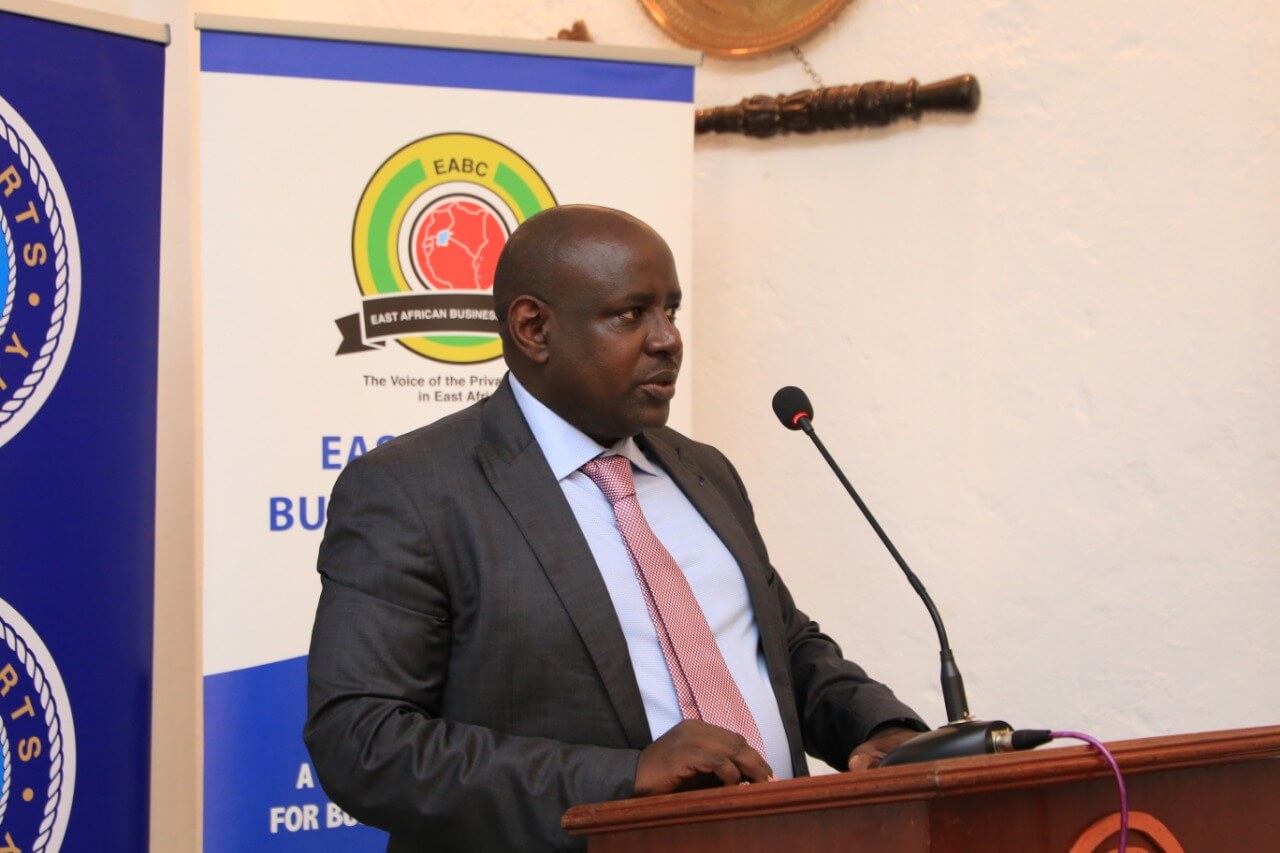
Our Projects are
Transforming African Trade
Quick Contacts
2nd Floor, Fidelity Insurance Centre Waiyaki Way, Westlands

TANZANIA’s exports to other African countries recorded an 11.8 per cent increase last year, the East African Business Council (EABC), has said.
Launching an Africa Due Diligence Platform in Dar es Salaam at the weekend, EABC Executive Director John Bosco Kalisa revealed that Tanzania exports to Africa stood at 2.27 billion US dollars in 2020 from 2.03 billion US dollars in 2019.
Mr Kalisa further urged the EAC bloc to align trade policy, eliminate Non-Tariff Barriers (NTBs), ease access to trade finance for SMEs, enhance productive capacity and factor market integration to tap into the African Continental Free Trade Area (AfCFTA) market.
However, the Chairman of the Confederation of Tanzania Industries (CTI) Paul Makanza, noted intra-Africa trade was still low at approximately 16.6 per cent of total Africa exports to the globe.
Makanza said January 1, 2021, signaled a new dawn for Africa as trading under AfCFTA commenced.
He commended EAC heads of state for ratifying the AfCFTA and called upon the Tanzania private sector to seize the moment and opportunities availed by the continental market.
The Due Diligence Platform also known as Mansa, is among innovative solutions put in place to transform Africa’s trade and helped to solve challenges African countries are facing in trading with each other.
Representing the Tanzania Chambers of Commerce Industries and Agriculture (TCCIA) President, Justine Marwa said the launch of Mansa is set to enhance the preparedness of women, youth as well as Small and Medium Enterprises (SMEs) in Tanzania to trade under the AfCFTA.
On his part, Member of Governing Council of Tanzania Bankers Association (TBA), Charles Itembe said Mansa provides due diligence of data critical for the financial institutions to offer finance for businesses and trade integration in Africa.
The Tanzania Private Sector Foundation (TPSF) Executive Director Francis Nanai on the other hand called for deeper public-private dialogue on AfCFTA on key issues of trade, investment, infrastructure and capacity building of SMEs to enhance participation and ownership of the continental agreement.
The Mansa digital platform provides a single primary source of Know-Your-Customer (KYC) data required to conduct customer diligence checks on counterparts in Africa with a special focus on African Corporates, SMEs and financial institutions.
It also reduces risks to intra-African trade such as increased financial crime and reduces the high-cost acquisition of Customer Due Diligence.
Meanwhile, the East African Business Council (EABC) has urged EAC partner states to adopt a 35 per cent as maximum Common External Tariff (CET) rate, which is a majority position for manufacturer associations in the EAC bloc.
The move is set to incentivise industrial development; protect nascent industries exposed to unfair competition and safeguard industries against cheap and subsidised imports and jobs.
EABC further noted that such a maximum tariff rate will attract investments in industrial value chains and transform the bloc into an export-led, industrialised economy.
“We are proposing a 35 per cent rate with a view of promoting the consumption of locally manufactured goods and strengthening the regional value chain,” read part of EABC’s statement to the media yesterday.
According to the regional apex body of private sector associations and Corporates from the six East African countries, most of the products which have been considered to be assigned a maximum CET rate are under the EAC priority value chains as provided for in the EAC Industrialisation policy (2012-2032).
Some of these products include textiles, iron and steel as well as motor vehicles.
“The rate will offer the necessary effective protection the region requires to drive regional value chains and drive industrialisation through these products. Some of the products have a long value chain and face unfair competition from cheap imports from Asian countries hence need higher rates to safeguard their production in the region,” said the EABC.
EAC partner states had submitted 1,448 tariff lines to be assigned a rate above 25 per cent. Out of this submission, it was agreed that 571 tariff lines should be retained at their current rates.
According to EABC analysis, the products to be assigned Maximum CET Rate by the Regional Task Force are sufficiently available or produced in EAC.
As of October 23, this year, when the regional task force held its last meeting only 459 tariff lines had been assigned to the fourth tariff band, which represents 8.06 per cent out of the existing 5,688 EAC total tariff lines.
Read original article
Disclaimer: The views and opinions expressed in this article are those of the authors and do not necessarily reflect the official policy or position of TradeMark Africa.